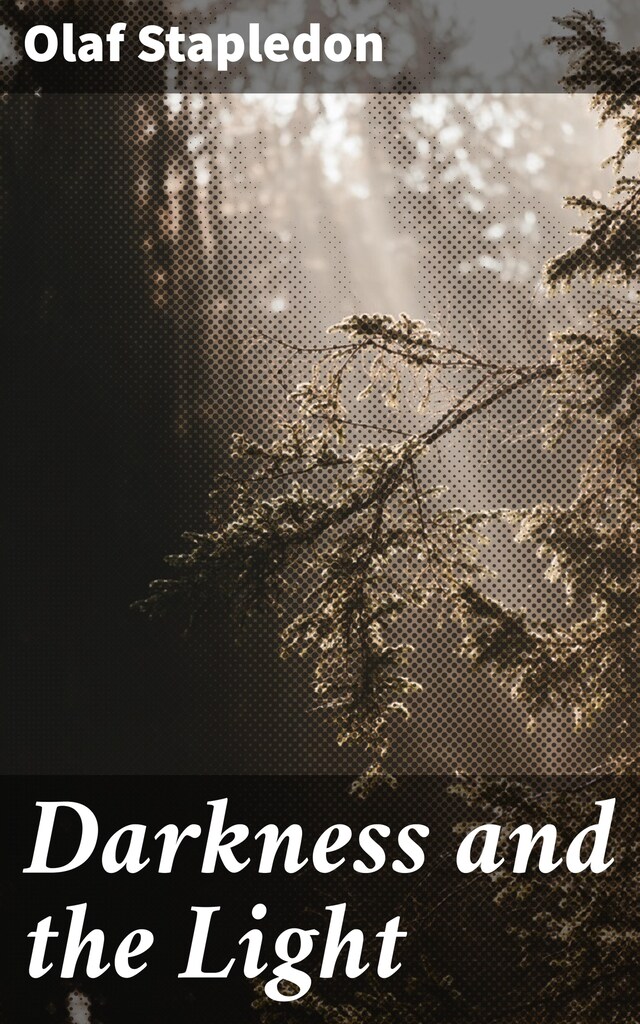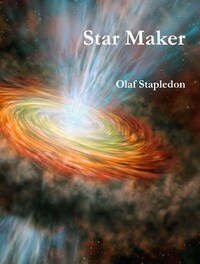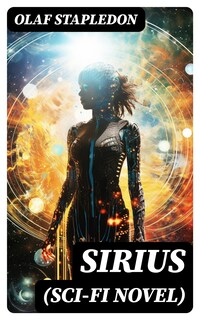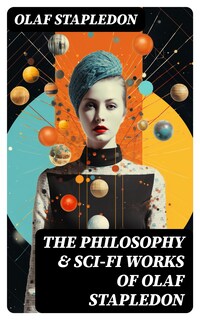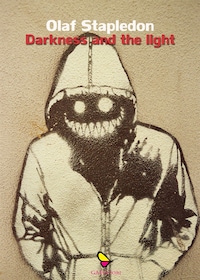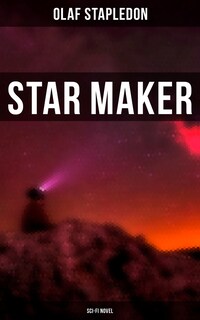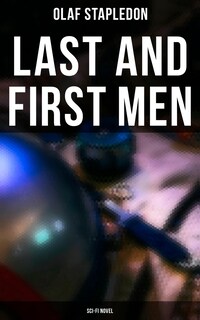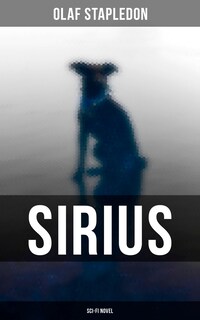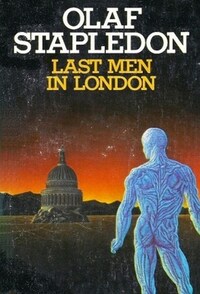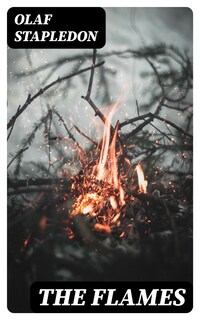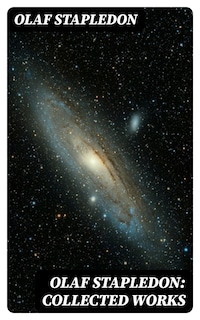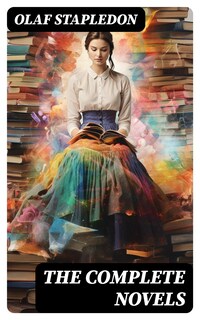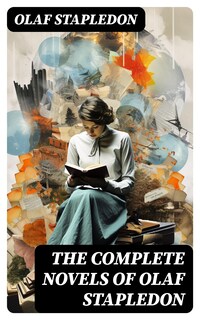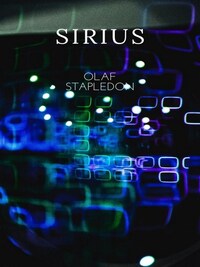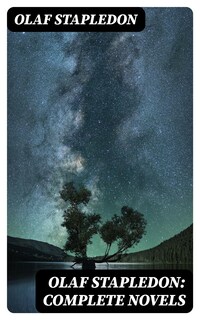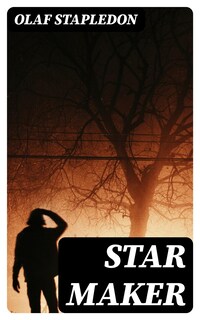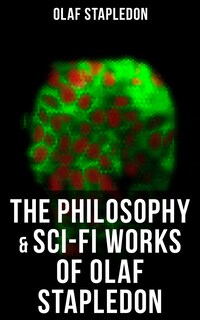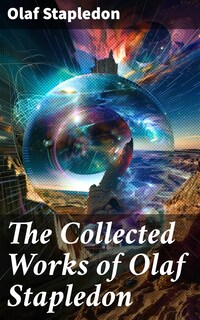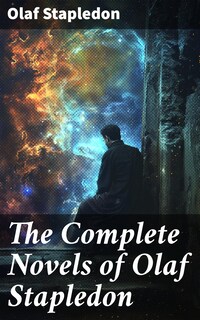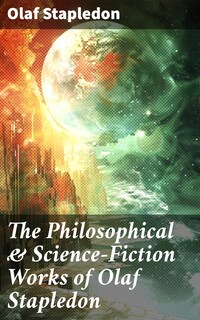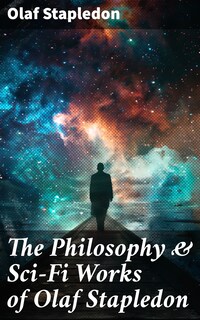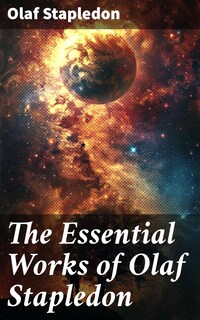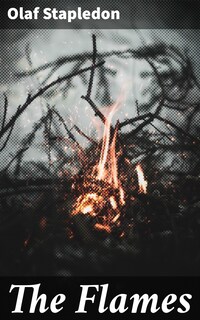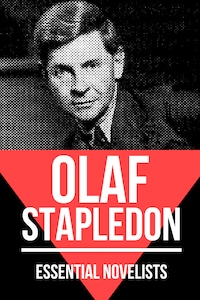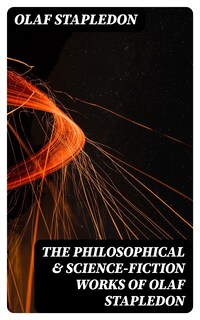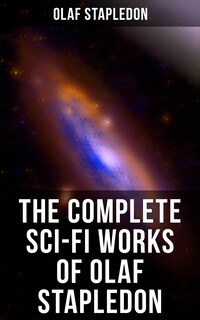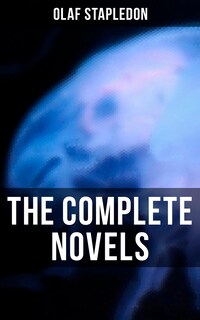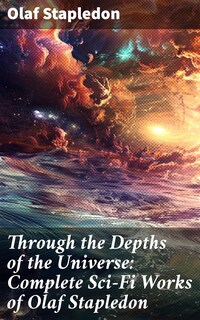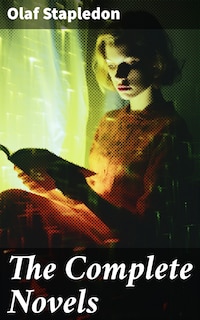Darkness and the Light
Exploring the Cosmic Battle in Stapledon's Lyrical Saga
Description of the book
Olaf Stapledon's "Darkness and the Light" presents a profound exploration of the dualities inherent in the human experience, juxtaposing themes of despair and hope, chaos and order. Through a rich, philosophical narrative interspersed with expansive world-building, Stapledon delves into humanity's struggle against existential dread while simultaneously illuminating the potential for transcendence. The literary style is characterized by evocative imagery and an intricate prose that invites contemplation, situating the work within the modernist context that seeks to grapple with the technological and social upheavals of the early 20th century. Olaf Stapledon, a philosopher by training and a pioneer of speculative fiction, was significantly influenced by the tumultuous events of his time, including two World Wars and the rapid advancement of science. His deep engagement with philosophical thought, particularly existentialism and the nature of consciousness, informs his narrative technique and thematic concerns in "Darkness and the Light." This work reflects Stapledon's overarching quest to address humanity's place in the universe, emphasizing the delicate balance between darkness and illumination. "Darkness and the Light" is a must-read for those fascinated by the complexities of the human condition and the interplay between despair and hope. Stapledon's compelling narrative invites readers to reflect on their own existential journeys, making this work not only a significant literary achievement but also a vital philosophical discourse that resonates with contemporary audiences.
 Olaf Stapledon
Olaf Stapledon 182 Pages
182 PagesFill your life with stories
from £59/month
Enjoy a world of audiobooks and e-books. No commitments. Cancel at any time.
